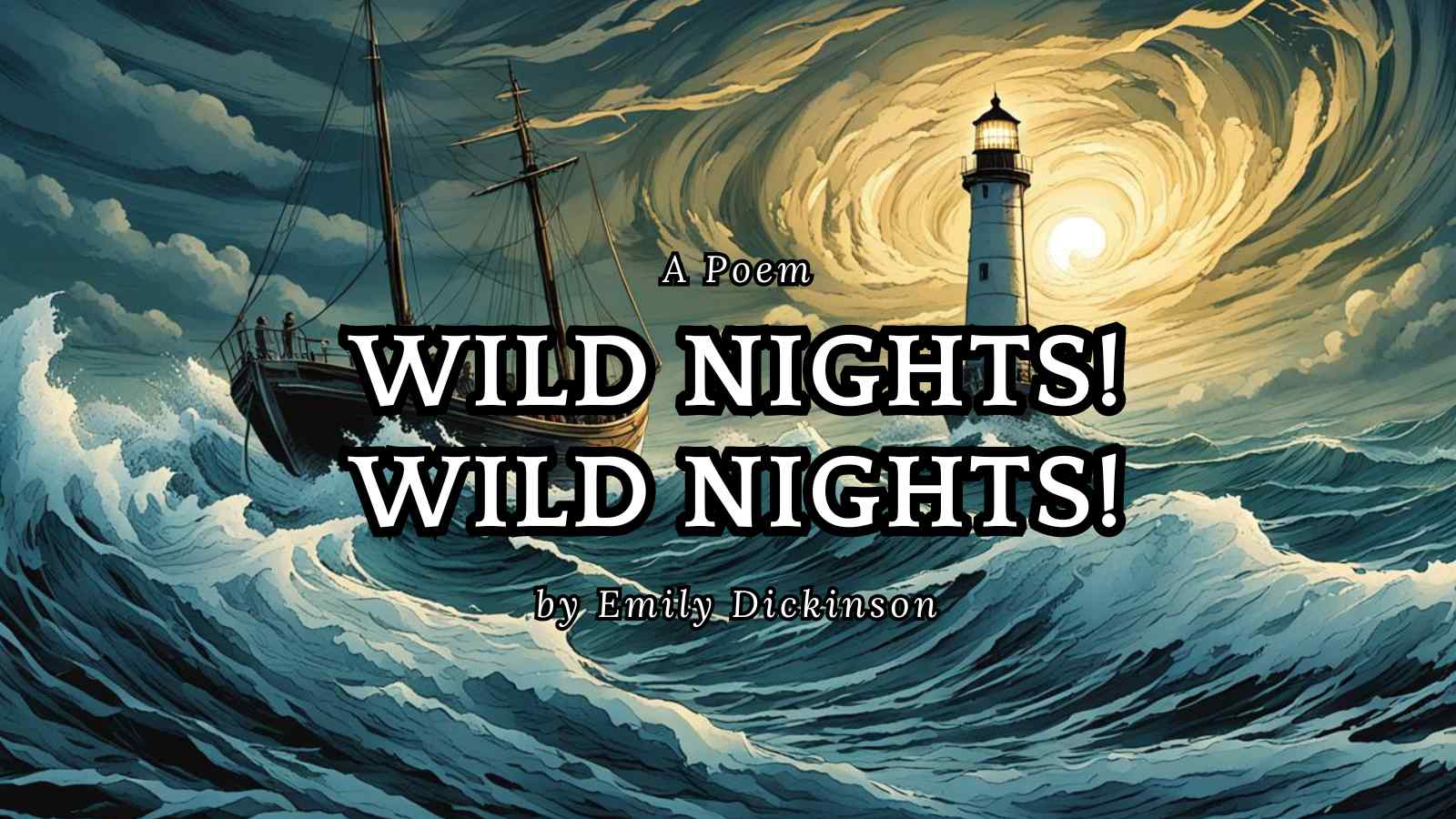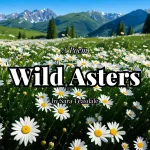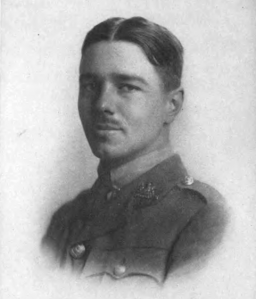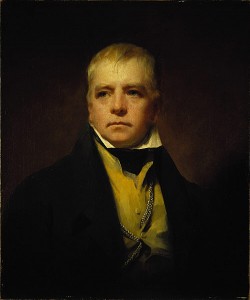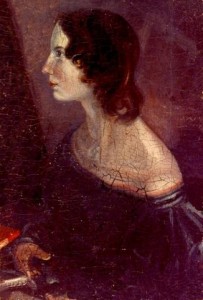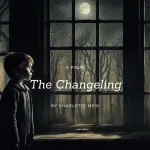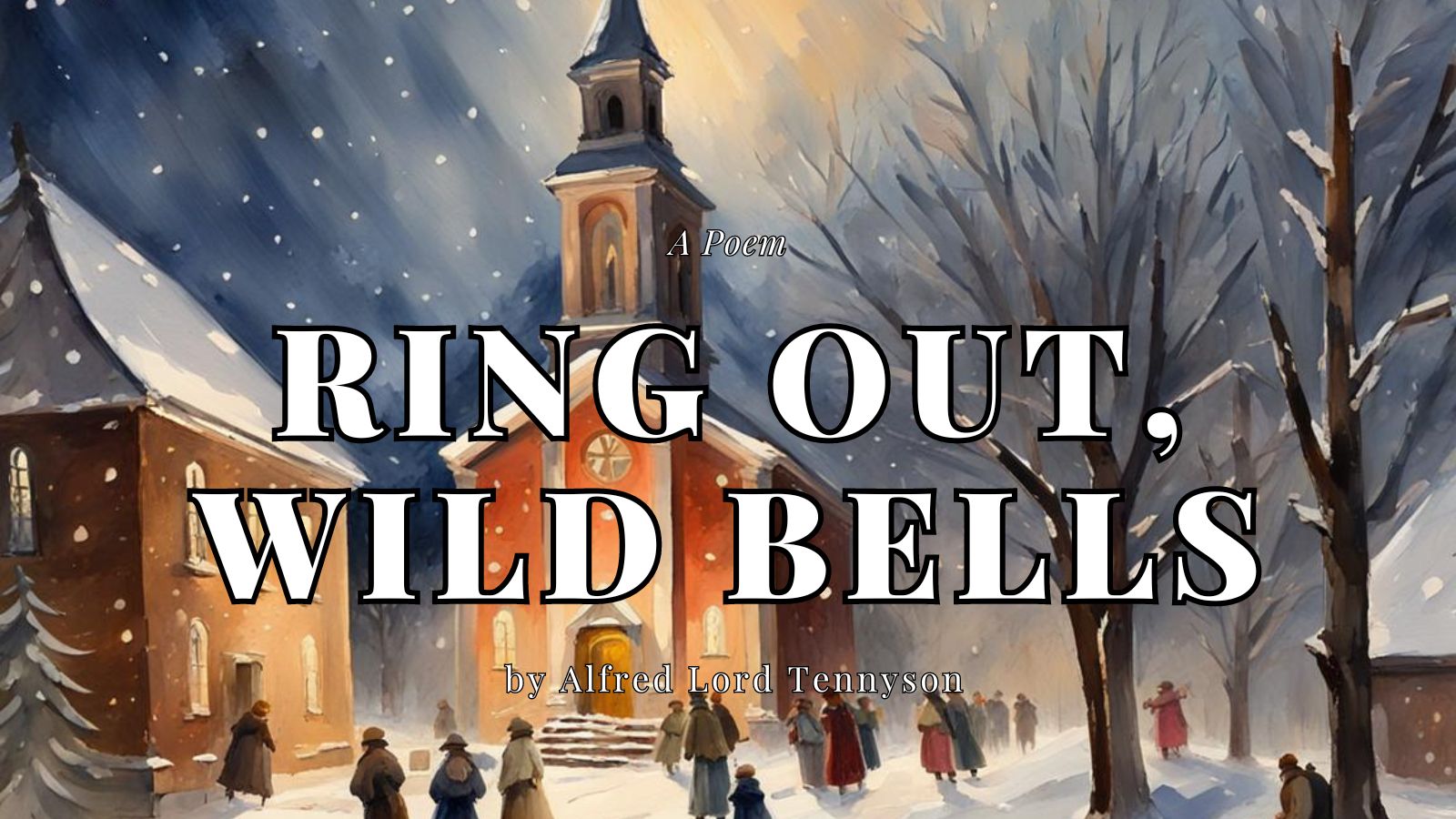Wild nights! Wild nights!
by Emily Dickinson
Wild nights! Wild nights!
Were I with thee,
Wild nights should be
Our luxury!
Futile the winds
To a heart in port, —
Done with the compass,
Done with the chart.
Rowing in Eden!
Ah! the sea!
Might I but moor
To-night in thee!
Summary
This poem, “Wild Nights – Wild Nights!” by Emily Dickinson, expresses the speaker’s longing for passionate connection with a beloved. The repetition of “Wild nights!” emphasizes the intensity of the speaker’s desire.
The poem uses the metaphor of a ship finding safe harbor to represent the fulfillment and security the speaker imagines feeling with her lover. Lines like “Done with the compass, / Done with the chart” suggest a sense of finally arriving at one’s true destination.
The exclamation “Rowing in Eden!” evokes the biblical garden of paradise, implying that being with the beloved would be a return to an ideal state of bliss and innocence.
The final stanza conveys the speaker’s yearning to “moor” herself with her lover, to anchor there even just for one night. The poem ultimately expresses deep romantic and sexual desire through its concise yet evocative figurative language.
Analysis
Structure: The poem consists of three stanzas, each containing four lines (quatrains). The second and fourth lines of each stanza rhyme (thee/be, port/chart, sea/thee), creating a sense of harmony and reinforcing the poem’s main themes.
Meaning and Metaphors: The poem expresses the speaker’s intense longing for a passionate connection with a lover. Dickinson employs the extended metaphor of a ship at sea to represent the speaker’s emotional state. The “wild nights” symbolize the speaker’s desire for unbridled passion and intimacy.
In the first stanza, the speaker imagines the joy and “luxury” of spending wild nights with her beloved. The second stanza suggests that once the heart has found its “port” (i.e., the lover), external circumstances (“futile the winds”) become irrelevant. The compass and chart, tools for navigation, are no longer necessary because the speaker has found her true destination.
The third stanza introduces a biblical allusion with “Rowing in Eden!” This line suggests that being with the beloved would be akin to returning to paradise, a place of pure bliss and innocence. The speaker’s wish to “moor” herself to her lover, even if only for one night, underscores the depth of her desire.
Language and Tone: Dickinson’s word choice and punctuation contribute to the poem’s passionate tone. The exclamations (“Wild nights!”, “Ah! the sea!”) convey a sense of yearning and intensity. The use of dashes (—) creates pauses that emphasize the speaker’s emotional state.
Themes: The main themes of the poem include passion, desire, love, and the search for fulfillment. Dickinson explores the idea that finding true love can provide a sense of completeness and a refuge from life’s uncertainties.
Historical Context: Emily Dickinson wrote during the 19th century when open expressions of female sexuality were somewhat taboo. This poem can be seen as a bold and provocative declaration of a woman’s desire, making it a powerful and subversive work for its time.
Analysis Questions
1. What is the central metaphor in the poem, and how does it relate to the speaker’s emotional state?
2. How does Dickinson’s use of exclamation points and dashes contribute to the poem’s overall tone and mood?
3. In the second stanza, the speaker claims to be “Done with the compass, / Done with the chart.” What do these navigation tools symbolize, and why does the speaker feel they are no longer necessary?
4. The third stanza includes the line “Rowing in Eden!” What is the significance of this biblical allusion, and how does it relate to the speaker’s desire?
5. Considering the historical context of 19th-century society, how might this poem have been perceived as a bold or unconventional expression of female desire? How does this contribute to the poem’s overall impact and meaning?
Discussion questions
- The poem is often interpreted as an expression of sexual desire. How does Dickinson convey this theme through her choice of words, metaphors, and structure? Is there any ambiguity in the poem that might suggest other interpretations?
- Dickinson uses the extended metaphor of a ship at sea to represent the speaker’s emotional state. How effective is this metaphor in conveying the intensity of the speaker’s longing? What other metaphors or images might the poet have used to express similar ideas?
- In the context of 19th-century society, how might this poem have challenged conventional notions of female desire and sexuality? Do you think the poem’s meaning or impact changes when read from a contemporary perspective?
- The poem’s title and first line, “Wild Nights – Wild Nights!” is repeated and followed by an exclamation point. What effect does this repetition and punctuation have on the poem’s tone and the reader’s perception of the speaker’s emotional state?
- The final stanza introduces a religious allusion with the line “Rowing in Eden!” How does this reference to the biblical paradise contribute to the poem’s themes of desire and fulfillment? Does the religious imagery change your understanding of the poem’s central metaphor or the speaker’s longing?
Biography
Emily Dickinson (1830-1886) was one of the most famous and influential American poets. She led a very private life, rarely leaving her hometown of Amherst, Massachusetts, where she pursued her passion for writing poems that broke conventional rules of style and theme.
Though she wrote nearly 1800 poems, less than a dozen were published during her lifetime. She was known for being reclusive and eccentric, interacting largely through letters. Her poems reflect deep insights into death, religion, nature, love and other weighty topics.
After Dickinson died, her sister discovered the enormous collection of unpublished poems and and wanted them published.. Emily Dickinson garnered recognition for her innovatively sparse, untitled form as well as her symbolic richness and bold questioning of core beliefs and doctrines. Her body of work became very influential for modernist and contemporary poets.
Today, Emily Dickinson is considered one of the towering figures of American literature. Though she never formally studied poetry and had little exposure to literary society, she is now studied globally and continues to inspire writers with the intensity and enigmatic beauty of her small yet profound poems.
